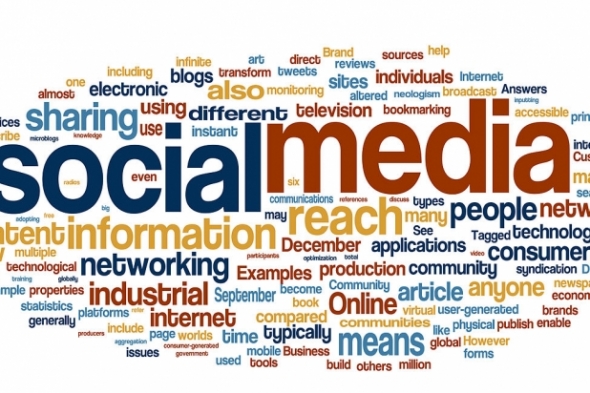The plane pushed back as I settled into the sports section of my local paper. Just as I was getting comfortable, the pilot made an announcement that our flight was going to be delayed for a short time. We ended up sitting on the tarmac for two hours.
I missed my connection, and, to make matters worse, the customer service personnel at the connecting hub airport were anything but service-oriented. Frustrated beyond belief, I posted a message on Twitter, my Facebook page and on several travel sites, “ABC Airlines SUCKS!"
Much to my surprise, less than an hour later I got a post to my rant signed by the airline's customer service department, with a link to their website. The link led me into a chat room where I described my experience. A service representative apologized and offered me an upgrade on my return flight home the next day. My frustration ebbed. I even posted another Tweet: "Thanks, ABC Airlines Customer Service!!"
The experience taught me two valuable lessons: (1) With the advent of social media, unhappy customers can do real damage to a company's reputation; and (2) companies can no longer wait for their customers to call and complain. They must engage their customers in real time.
Since that experience I've been focused on how our company can leverage social media to improve our customer service. The effort required me to better understand all that social media entails. Fortunately, we have a lot of experts - the young people who work for us. They use social media like a second language. It's incorporated into their lives.
The same approach applies to a successful social media strategy for a business. The organization must incorporate social media into its day-to-day operations. Most companies make a common mistake: They set up accounts on the popular social media tools like Facebook and Twitter but don't do much after that. In effect, social media gets treated as an outlier.
Opportunistic social media
Many people think of social media as Facebook and Twitter—but those are just tools. I view social media as the ability to engage in social interactions online with people you know and don't know. You engage with social media through a series of websites and applications. But it’s the collective power to communicate that makes it so powerful.
Imagine if you could "communicate" regularly with an existing policyholder. You wouldn't need to wait until some triggering event like a problem with a bill or frustration with a claim occurs. Research shows that such regular contact would increase an insurance company's retention rate.
Here's an example of opportunistic social media: When there’s a potential major weather event, use social media sites to offer tips on how to secure a home and inventory personal holdings. The information will come up on searches and drive traffic to both your social media sites and website. A company can even change its homepage temporarily and put up a splash page: If you’re in this area, click here; if not, click a different button for the homepage.
People don’t think about insurance often. That’s why opportunistic use of social media is effective. People will be more inclined to read something from an insurer when they’re concerned about their immediate safety and security.
Going on defense
Social media poses challenges and dangers for any company serving the public. Consumers now have power to wreak havoc. Anyone who feels, rightly or wrongly, abused by an insurer can use social media to post an angry screed: “ABC Insurance Co. stinks."
That can do real damage to your brand. Negative reviews get aggregated, and, if there are enough of them, they’ll show up at the top of an online search of your company.
Customers tend to post only when they’re angry with their insurer. Happy customers typically remain silent. How can you find out about problems customers are having before they are angry enough to call? Establish a team dedicated to scouring all social media for comments about your company.
If I had any doubts about the impact of social media, the view out my window provides ample evidence. Located in the middle of Silicon Valley and just a short walk to Facebook’s headquarters, I'm surrounded by start-up companies bringing new services and tools to the digital world. The social media revolution is here to stay.





